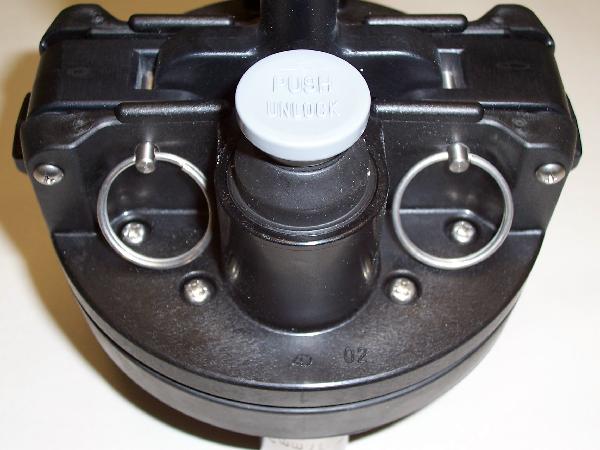- Messages
- 96
- Reaction score
- 108
- Points
- 122
- Boat Make
- Yamaha
- Year
- Other
- Boat Model
- Other
- Boat Length
- Other
A brief story:
There is a reason we use a pin on each side of the plug.
The answer is simple.
Because if you only use one pin the other "locking dog" still moves!
Do the test for yourself. With only one pin installed on one side of the plug, push the button. If the button unlocks or there is any movement whatsoever, that leaves the chance for a blowout.
With our kit, BOTH sides of the plug are "pinned"! When installed correctly you can literally push the button and it will relock itself back into place WITHOUT pushing back down on the "T".
We "test" the one pin method literally every time we do an install of the pin kit when drilling the holes on the bench.
ONE pin= movement = unacceptable! Two pins= no movement=perfictally locked!
The only down side is that the pins can be tricky to install, nothing a pair of long needle nose plier couldnt remedy.


There is a reason we use a pin on each side of the plug.
The answer is simple.
Because if you only use one pin the other "locking dog" still moves!
Do the test for yourself. With only one pin installed on one side of the plug, push the button. If the button unlocks or there is any movement whatsoever, that leaves the chance for a blowout.
With our kit, BOTH sides of the plug are "pinned"! When installed correctly you can literally push the button and it will relock itself back into place WITHOUT pushing back down on the "T".
We "test" the one pin method literally every time we do an install of the pin kit when drilling the holes on the bench.
ONE pin= movement = unacceptable! Two pins= no movement=perfictally locked!
The only down side is that the pins can be tricky to install, nothing a pair of long needle nose plier couldnt remedy.


